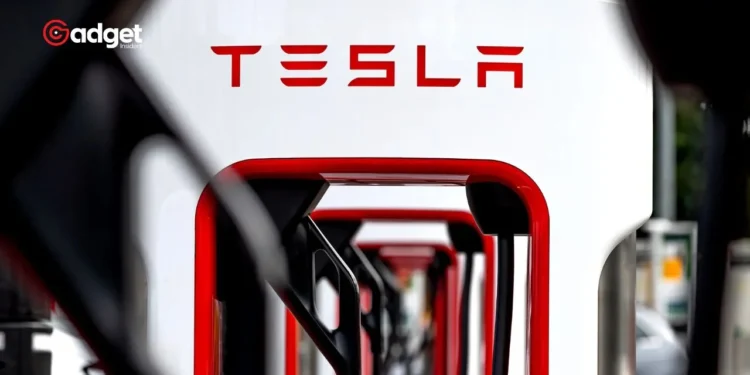Electric vehicles (EVs), heralded as the eco-friendlier alternatives to gas-guzzling cars, carry the promise of reducing our carbon footprint. However, the adoption of EVs like Tesla often comes with concerns about high initial costs and maintenance, including the dread of skyrocketing electric bills. Surprisingly, a recent story from a Tesla owner challenges these financial fears, revealing a staggeringly low electricity bill that has sparked widespread curiosity and disbelief on social media.
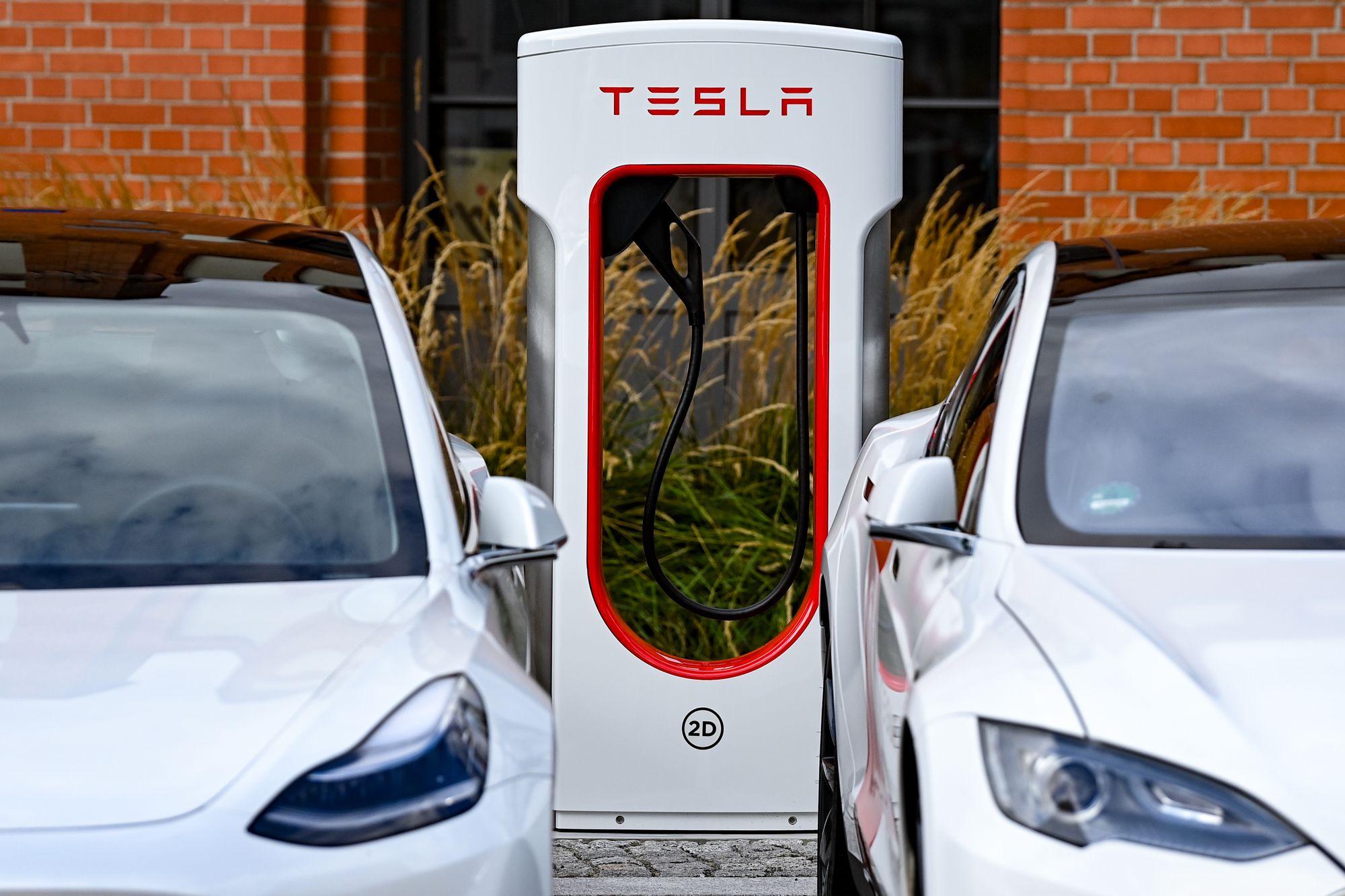
A Deep Dive into a Tesla Owner’s Electric Bill
On X (formerly known as Twitter), a user known as @Tesla_GTownTX shared a screenshot showing a total electric charge of just $2.37 for charging his Tesla—his first bill in a year. The post, tinged with humor, expressed faux dismay: “First time I’ve had a bill within the last 12 months. This sucks.” This unusual revelation left many wondering about the secret to such minimal electricity usage.
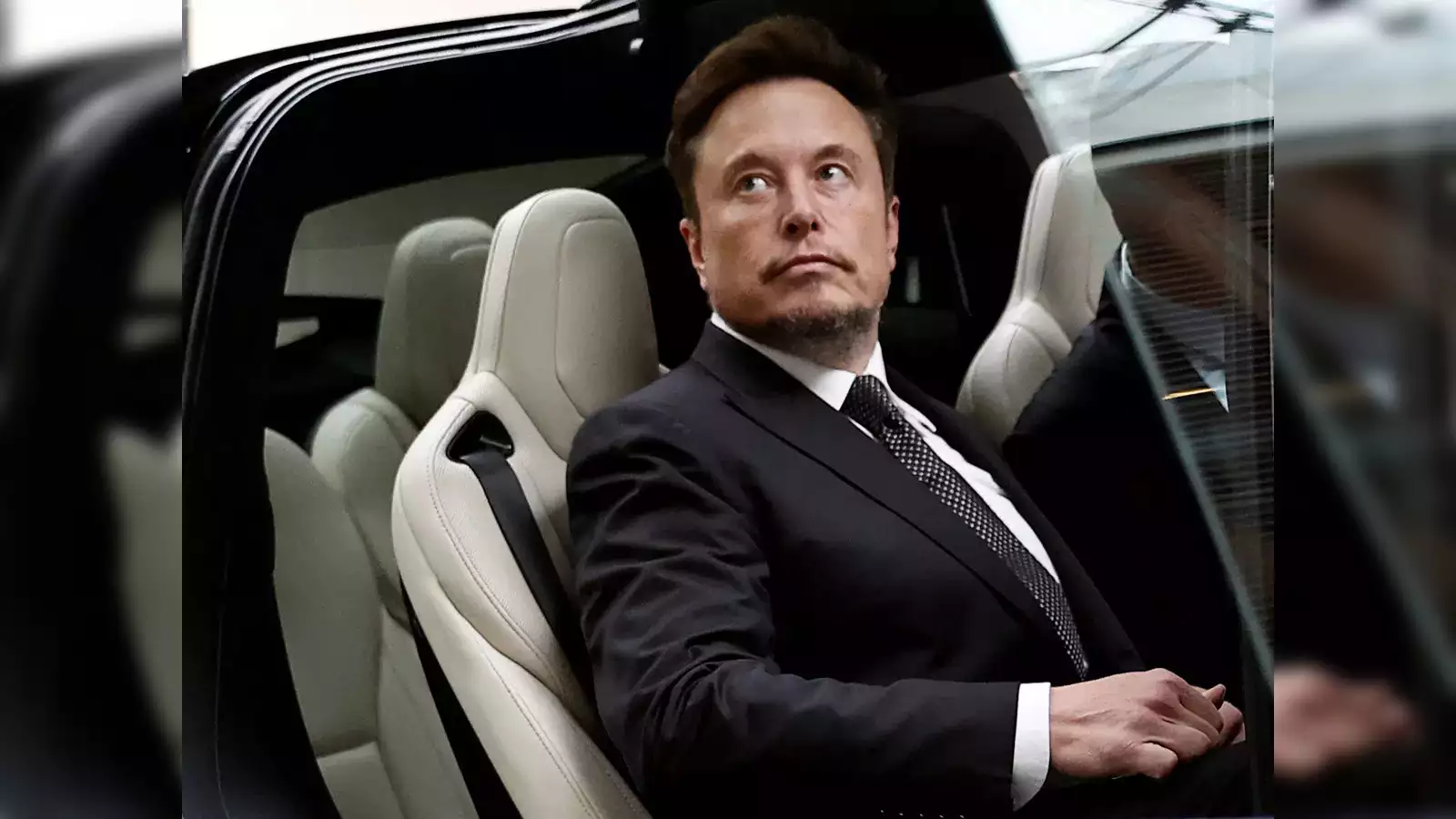
The Power of Solar Energy in Cutting Costs
The answer to the mystery of the minuscule monthly outlay lies in the user’s strategic investment in renewable energy. The Tesla owner installed solar panels and a Tesla Powerwall, a home battery that stores solar energy for later use. This setup not only powers his vehicle but also keeps his home electricity costs incredibly low. The Powerwall, visible in another photo on his profile, underscores a growing trend among environmentally conscious consumers who seek to reduce both their carbon footprint and utility expenses.
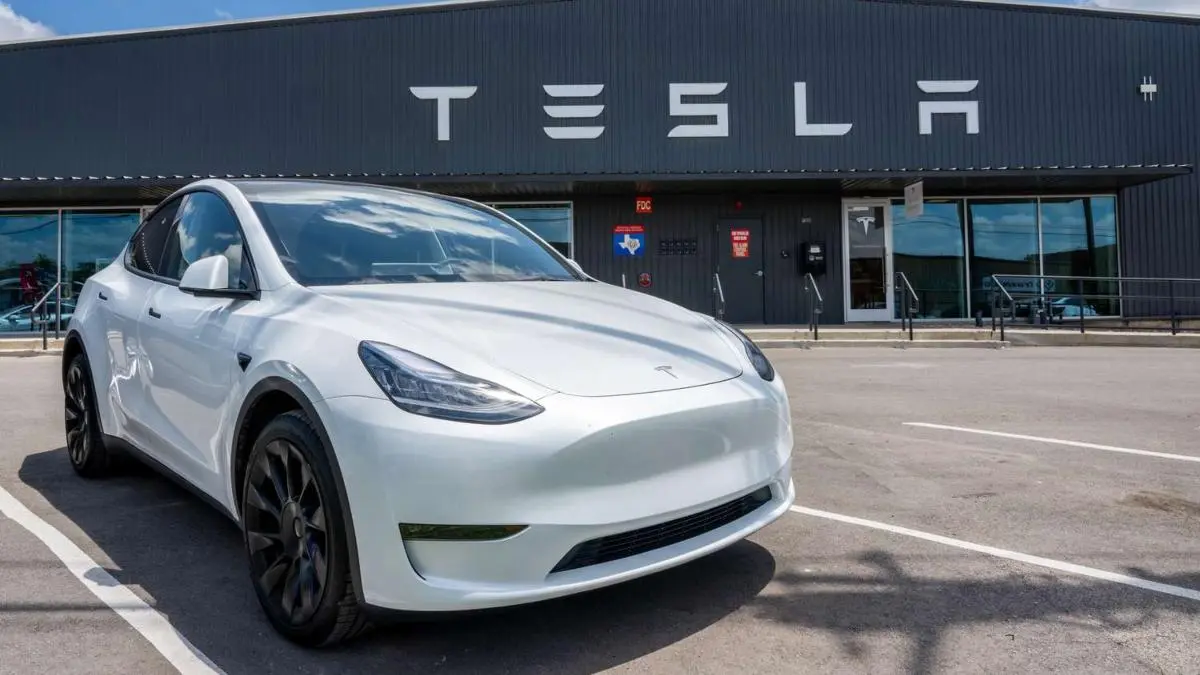
Evaluating the Cost-Effectiveness of Solar Panels and Powerwalls
While the initial setup for a solar-powered home can be costly, the long-term savings can be substantial. A single Tesla Powerwall costs over $11,000, according to Forbes. However, purchasing multiple units can bring down the price per battery, suggesting a significant commitment to both financial investment and sustainable living. Despite the high upfront cost, the ability to avoid fluctuating electricity prices and reduce reliance on grid power presents a compelling case for the integration of solar technology in modern homes.
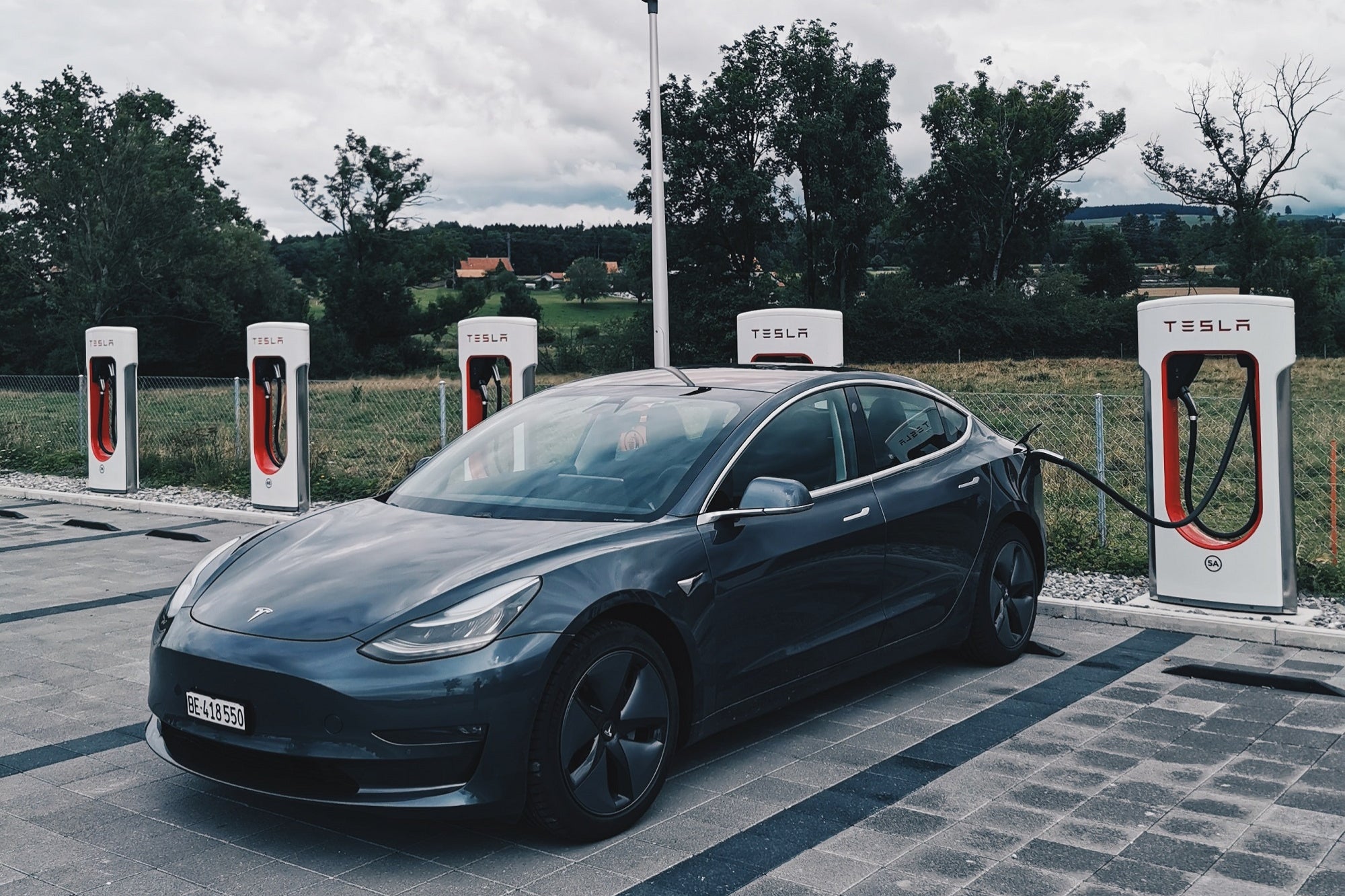
The Broader Implications of Solar Investments
The discussion sparked by this Tesla owner’s post highlights a crucial aspect of the renewable energy conversation—ROI (return on investment). As more individuals consider the transition to solar energy, understanding the balance between initial costs and potential savings becomes paramount. This case study serves as a real-world testament to the benefits of solar integration, not just for powering vehicles but for broader home energy use.
A Step Towards Sustainable Living
The shockingly low electric bill of this Tesla owner may seem like an anomaly at first, but it emphasizes a vital point: investing in renewable energy technologies like solar panels and Tesla Powerwalls can lead to significant financial and environmental benefits. As we continue to navigate the challenges of climate change and high energy costs, stories like these serve as both inspiration and proof that sustainable living can also be economically viable.

